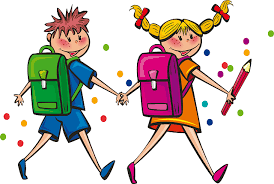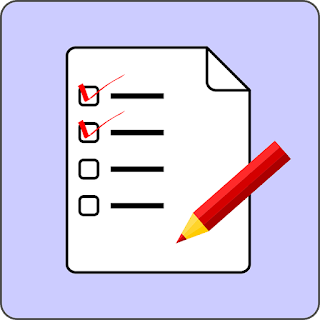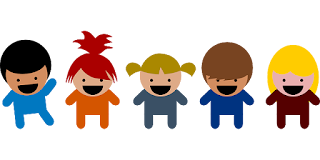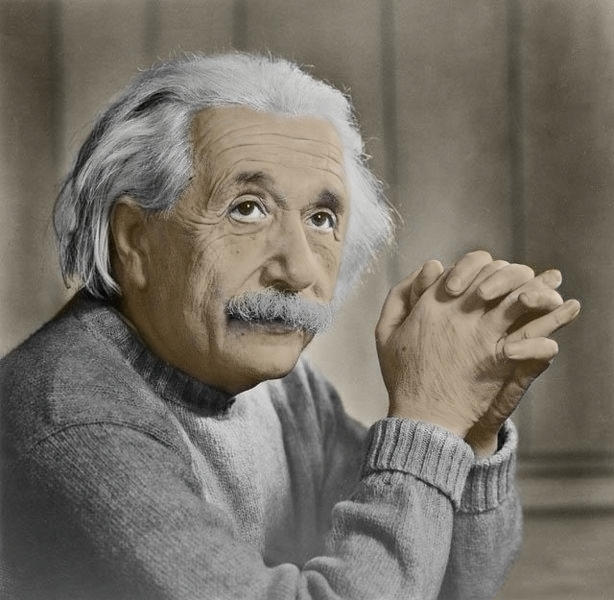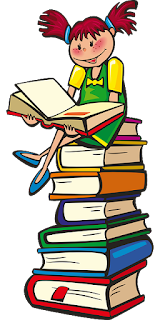Picture By: Pixabay
Throughout this semester I have achieved knowledge not just in integrating technolgy in education but in education in general. This was my first ever education course and the experience was very great. I gained great skills and began to understand what it is like to be on the other side, being an educator rather than a student. Many techniques were taught to me through the course EME 2040.
To begin with I would like to discuss how the assignments provided affected my perspective and understanding. One of the assingments that I believed that achieved to do that was the collaborative lesson plan. Becoming an educator it is required for one to actually know how to create on correctly with all the elements. Doing a lesson plan and learning the elements of one has certainly helped in my understanding. I learned that it consist of objective, how it is introduced and the in depth instruction. Another thing that was enjoyable and aprreciated throughout this course was dealing with different type of learners. I related to this because in one of the in class projects, doing the webquest there was a student who was gifted and there are certain ways to deal with kids such ways. I remeber in elementary school I would get pulled out of class maybe during math or reading and had to figure out harder material. I as well appreciated this because working in an afterschool program there are many kids who are gifted or have difficulty reading or have language barrier. One website that I liked througout the course is a vocabulary game. It is helpful for differnt type of learners. I appreciated alot learning how to deal with this and good techniques in aproaching situations and how technology has helped. This is one of my favorite videos I came across to describe todays education.
Communication (COM): We created blogs, webquest, in class presentations which excerised using english being written and speaking.
Critical Thinking (CT): Crisitcal thinking was used in things such as creating webquest when trying to find ways to reach each student with learning needs.
 Technology/Information Management(TIM): This standard was used throughout the whole course. We had discussion post where we had to providce resources. In all our blogs it was a must to put in APA style which includes organizing our resources. There were as well asignments such as the evaluation of a website to verify that it was safe to use or not safe/reliable.
Technology/Information Management(TIM): This standard was used throughout the whole course. We had discussion post where we had to providce resources. In all our blogs it was a must to put in APA style which includes organizing our resources. There were as well asignments such as the evaluation of a website to verify that it was safe to use or not safe/reliable.Global Socio-cultural Responsibility (GSR): I think this standard was mainly used int he blogs when we gave our personal opinion in things discussed in our book as well in our discussion post we would have. I enjoyed actually using the textbook and reflecting on it becasue it helped me learn what the material was.
Class was always engaing, there were many activites during the class period to make sure we were not sitting for the whole 2 hours and a half and I always felt time was used efficently and many things would get done. Although it was engaging I do beleive that perhaps future classes can be even more emgaing, especially since it is at night many students tend to lose focus.
Great experience taking the course EME 2040. This being my first education class I have learned so much and I will use my knowlwedge and practice it in real life experiences.
Resource:
21st Century Education. (2012, May 7). Retrieved December 9, 2015,
Free Image on Pixabay - Apple, Education, School, Knowledge. (n.d.).
Gonzalez, I. (2015, December 9). ABCYA. Retrieved December 9, 2015,
Vocabulary Games, English Vocabulary Word Games. (n.d.). Retrieved December 9, 2015,

